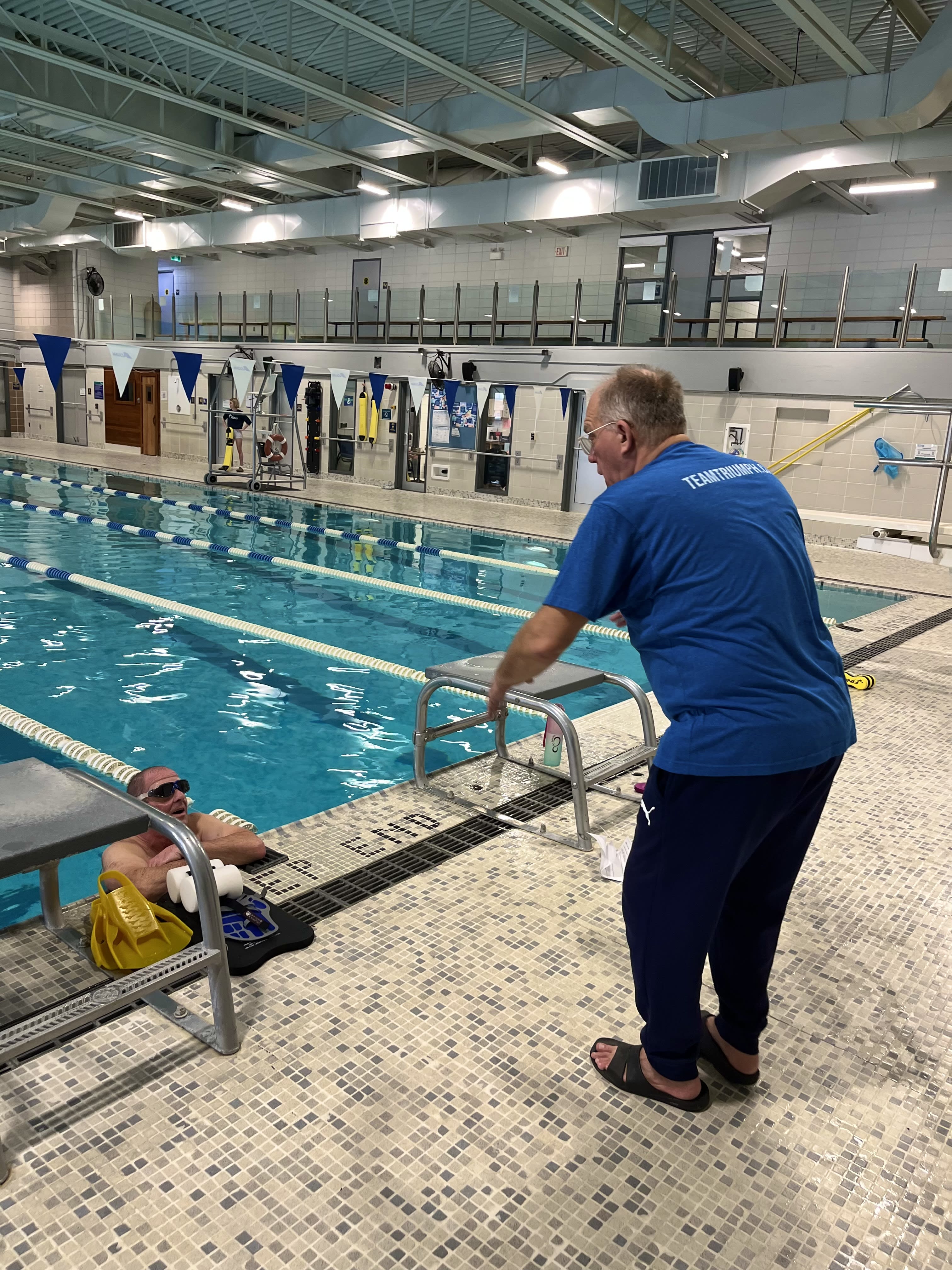
Triathlon demands peak physical performance, requiring athletes to push their bodies to the limit across swimming, cycling, and running disciplines. However, achieving optimal performance requires more than just rigorous training—it also hinges on proper nutrition and energy balance. Low energy availability (LEA) is a critical concern in the triathlon community, posing risks to athletes' health and performance. In this blog, we'll delve into the concept of LEA, its potential consequences, signs to watch for, and strategies to mitigate its effects.
What is Low Energy Availability (LEA)? Low energy availability occurs when there is an insufficient intake of energy (calories) to meet the demands of training and basic bodily functions. In essence, it's an imbalance between energy intake and expenditure, often exacerbated by intense training regimens and inadequate nutrition. LEA can lead to a cascade of physiological and performance-related issues, impacting both short-term performance and long-term health.
Consequences of LEA:
Impaired Performance: Insufficient energy intake can compromise training quality, leading to decreased performance in workouts and races.
Increased Risk of Injury: LEA is associated with muscle weakness, impaired recovery, and heightened susceptibility to injuries such as stress fractures.
Hormonal Imbalance: LEA disrupts hormonal function, particularly in women, leading to irregular menstrual cycles or amenorrhea (loss of menstruation).
Decreased Bone Health: Chronic energy deficiency can weaken bone density, increasing the risk of stress fractures and osteoporosis.
Suppressed Immune Function: LEA compromises the body's ability to fight off infections, leaving athletes more vulnerable to illness.
Signs of Low Energy Availability:
Persistent Fatigue: Feeling constantly tired, despite adequate rest and sleep.
Mood Changes: Irritability, mood swings, or feelings of depression may indicate hormonal imbalances.
Reduced Performance: Plateauing or declining performance levels, despite increased training efforts.
Changes in Menstrual Patterns: Irregular or absent menstrual cycles in women.
Increased Injury Risk: Frequent injuries or slow recovery from workouts.
Strategies to Address LEA:
Prioritize Nutrition: Ensure adequate energy intake to match training demands, focusing on a balanced diet rich in carbohydrates, protein, healthy fats, vitamins, and minerals.
Monitor Training Load: Avoid excessive training volume or intensity that exceeds energy intake, and incorporate rest days for recovery.
Seek Professional Guidance: Consult with a sports dietitian or nutritionist to develop personalized nutrition plans tailored to your training needs.
Listen to Your Body: Pay attention to hunger cues, fatigue levels, and performance indicators, adjusting training and nutrition accordingly.
Embrace Rest and Recovery: Allow time for proper rest, sleep, and relaxation to support physical and mental well-being.
Low energy availability is a serious concern for triathletes, with far-reaching implications for both performance and health. By understanding the risks, recognizing the signs, and implementing proactive strategies to address LEA, athletes can optimize their training outcomes while safeguarding their well-being. Remember, achieving peak performance requires more than just physical exertion—it requires a holistic approach that prioritizes proper nutrition, rest, and self-care. Let's strive for balanced training and fueling practices to thrive in both sport and life.
Julia Aimers
CSEP Clinical Exercise Physiologist
CSEP High-Performance Specialist
Certified Triathlon, Cycling, Yoga and Swimming Coach
USA Cycling Level 2 Coach
Training Peaks Accredited Coach

I would highly recommended Eric and Team Triumph!
Ian Ross

A year ago I could only tread water and had not run since childhood. With the amazing Virtual Olympic course, support, guidance, and tips from of all the folks at Team Triumph I've ended the season with my first Olympic distance triathlon under my belt and am hooked! Really looking forward to the 2025 season and even to the hard work over the winter to prepare. Karen Houle

I wanted to let you know that the Perth triathlon was a great experience, I somehow placed third in my age group! What a supportive group of participants (including Team Triumph athletes), cheering bystanders and volunteers.
Thanks to your swim lessons, I learned the technical basics and gained confidence to get back in the pool after decades. And it was really special doing this with Ann Laidlaw, my bestie for many years. We did a couple of additional swims with Kevin and Team Triumph people, also a great way to continue learning and practicing good technical form.
I will continue with lane swimming and who knows, maybe there's another triathlon in my future!